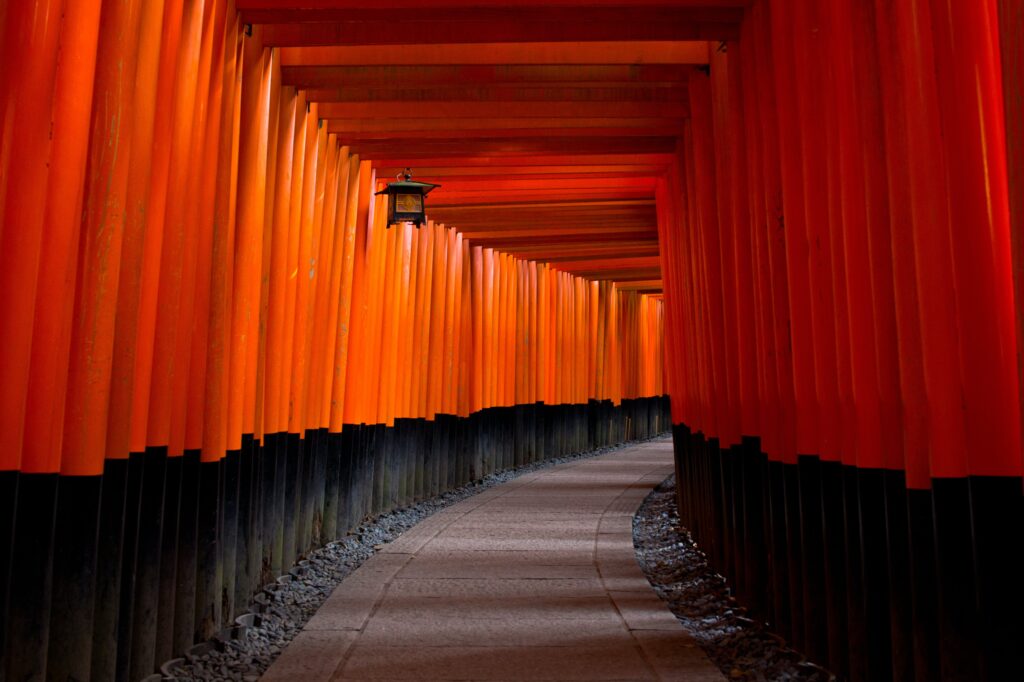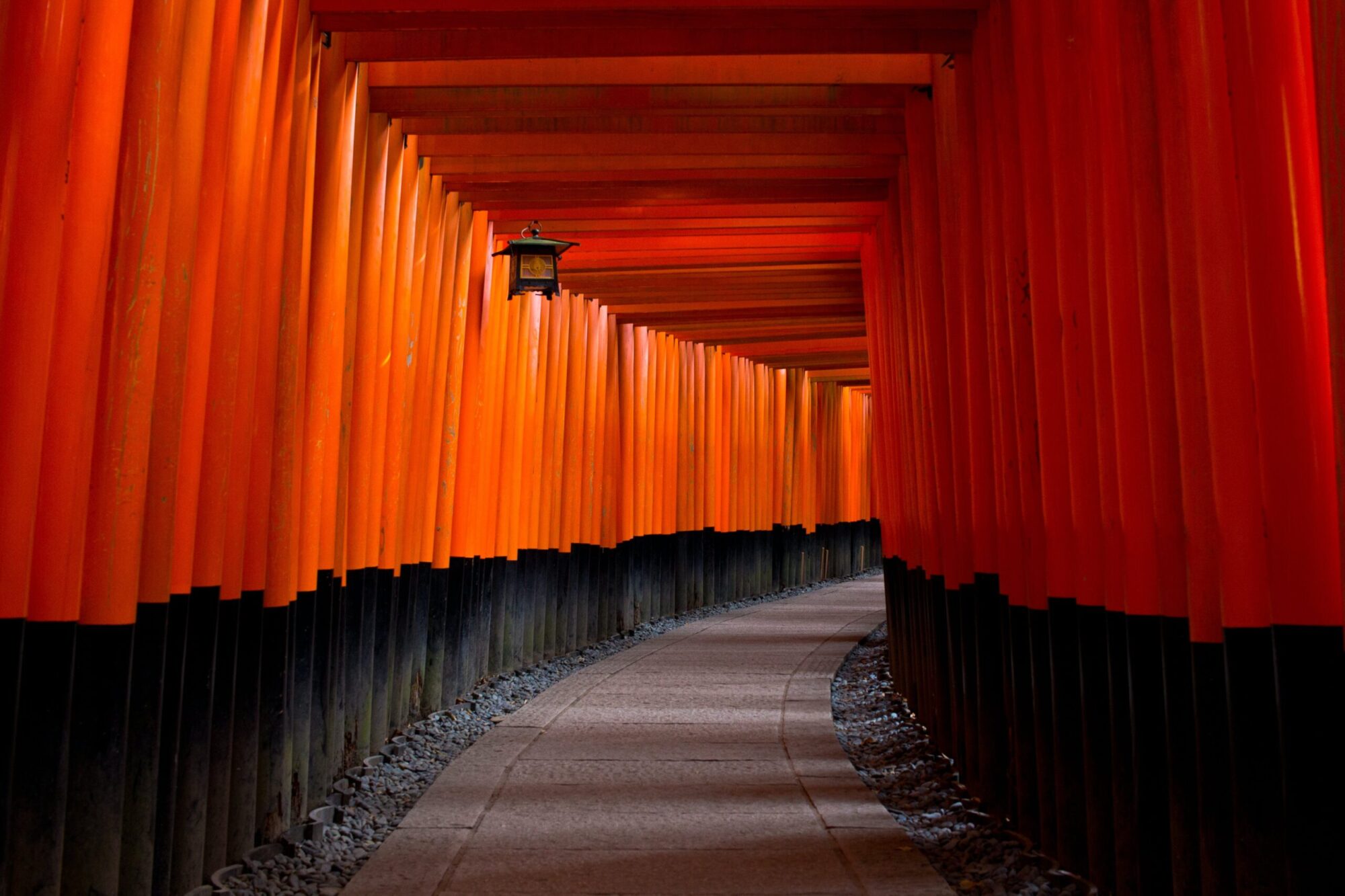Why Kyoto?
To North Americans, Asian culture and history is not as familiar as the European equivalent. This is completely understandable. North America was settled by Europeans. (Respective of native cultures and peoples, European norms, values, and beliefs are the overwhelming majority in today’s North America.)
High schools often require western civilization studies or world studies with a dominant European bend. This isn’t a criticism, simply a fact. However, it does lead to an overall lack of knowledge of Asia, at least when compared to Europe. Sure, most people know basic WWII history, including what happened in the Pacific theater. But that is a small sliver of a grand history that predates Ancient Egypt.
Japan’s history isn’t quite that old. According to legend, Emperor Jimmu founded Japan in 660 BCE. Well before most European civilizations were birthed (though the Ancient Greeks predate Japan by 500+ years).
When asked what are the must see places in Japan, Kyoto tops every list. The reason is because Kyoto is the cultural heart of Japan. This city housed the Emperor’s seat for over 1,100 years. Kyoto’s influence and impact was beyond political, and formed the religious and cultural centers of the nation. Sure, modern Tokyo has the population of 15 Manhattan Islands, Hokkaido has possibly the best snow skiing on the planet, and Okinawa hosts some of the greatest diving locations in the world… but to every Japanese, Kyoto is the country’s heart and soul.
The best comparisons in the West are likely Rome and Athens. These cities held seats of imperial power, are home to world religions, and are filled with historic structures, sites, and monuments. If you’ve been to, or long to see, one of these ancient cities, then Kyoto should also be on your list. There are 17 UNESCO World Heritage Sites in and around Kyoto, making it one of the most densely packed historical cities on the planet (Rome only has 14).
But historical sites aren’t the only ride in town. Kyoto is in the top five cities with the most Michelin star restaurants. Even if you aren’t lucky enough to get reservations, or can’t afford Michelin star prices, there is great food to be found throughout the city (it turns out, amazing expensive food always breeds amazing inexpensive food right next door).
Finally, Kyoto hosts a cultural scene that doesn’t exist anywhere else. You can see geisha & maiko, participate in a formal tea ceremony, and witness seasonal festivals at the greatest Shinto shines and Buddhist temples in the world.
That, my travel-hungry friends, answers the question, “Why Kyoto?”

